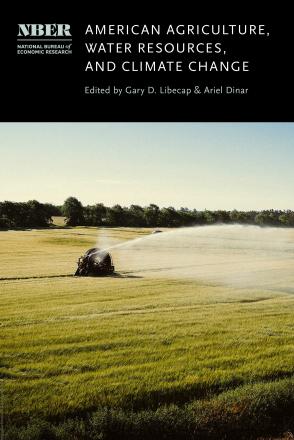Cover Crops, Drought, Yield, and Risk: An Analysis of US Soybean Production

Besides a variety of production and environmental benefits, cover cropping has been promoted as a means to increase resilience to drought. I explore factors influencing farmers’ adoption of cover crops and examine the effects of cover crops on soybean yield and their risk using USDA’s 2018 ARMS Phase II Soybean Production Practices and Costs Report and Phase III Soybean Costs and Returns Report. Incorporating data on drought occurrence in the current year and the previous 5 years into our analysis, I find that the previous occurrence of drought did not affect farmers’ adoption of cover crops and the effects of cover crops on yield and its risk are mixed. Under a drought condition, cover crops reduced soybean yield and increased yield variation; but in the meantime, they reduced the risk of crop failure, or made yield less negatively skewed. The insignificant effect of the previous drought on cover crop adoption and the mixture of positive and negative effects of cover crops on yield and its risk imply that farmers are divided over the use of cover crops to build resilience to drought.


